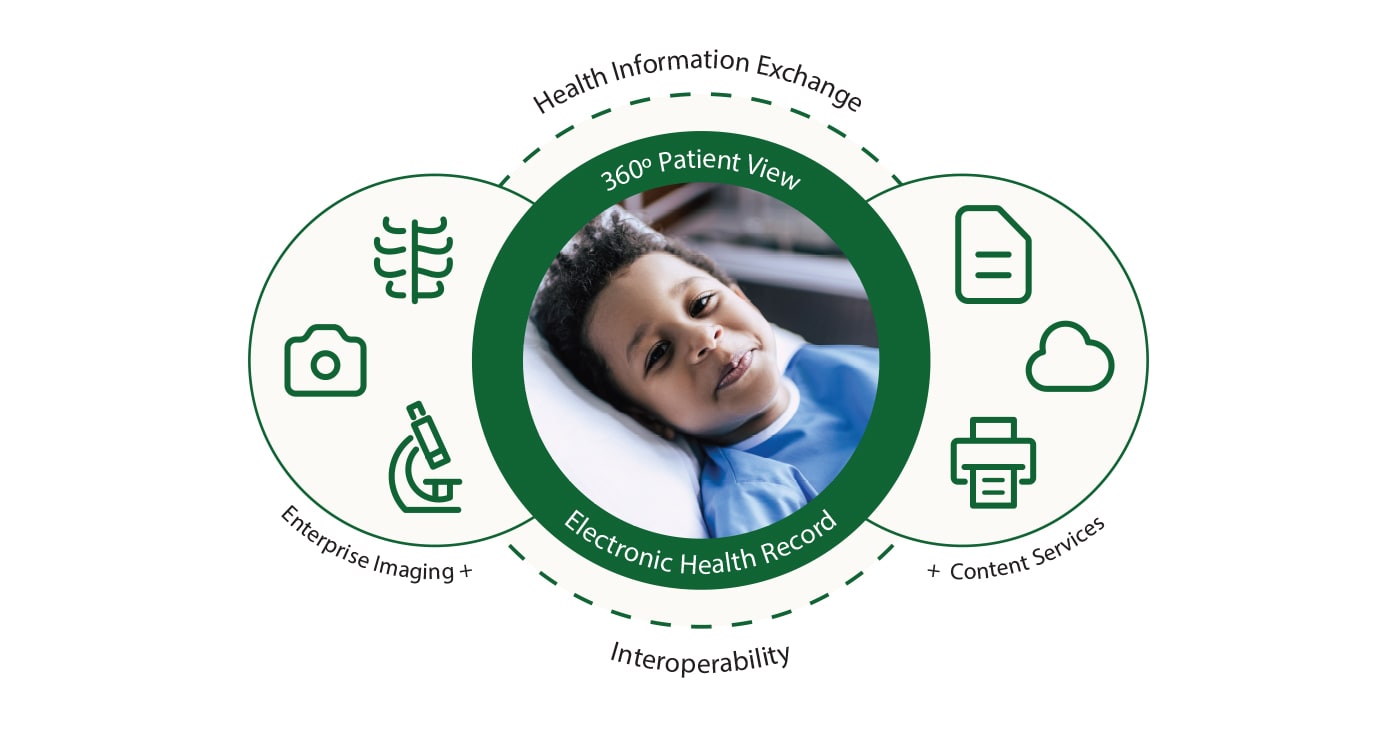Comprehensive Healthcare RCM for Improving Patient Payment and Repayments
Comprehensive Healthcare RCM for Improving Patient Payment and Repayments
Blog Article
A Comprehensive Overview on Exactly How Medical Care RCM Works to Streamline Billing and Collections
Navigating the complexities of healthcare income cycle administration (RCM) is important for companies aiming to improve their payment and collections procedures. The overview unloads the ins and outs of RCM, from patient enrollment to accounts receivable management, providing understandings into optimizing each action. Incorporating advanced modern technology and standard procedures can significantly minimize insurance claim denials and increase repayment cycles. Yet, real challenge hinges on seamlessly merging these components to increase capital. As we check out the core parts and approaches that drive efficiency, one question stays: how can health care entities finest position themselves to prosper economically in an ever-evolving sector?
Recognizing Profits Cycle Administration
RCM is a critical administrative function that encompasses the whole monetary procedure of client treatment, from the preliminary appointment establishing to the final settlement of the equilibrium. It is a complicated treatment made to recognize, gather, and manage the income from the solutions provided to patients.
The RCM procedure begins when a client timetables a consultation and prolongs via the patient's treatment journey, consisting of billing and collections. A crucial objective is to lower the time between obtaining and offering a service settlement, thus boosting the organization's financial health and wellness. RCM involves numerous features such as patient registration, insurance policy confirmation, fee capture, coding, claims entry, settlement publishing, and handling charms and rejections.
Key Parts of RCM
In the realm of Profits Cycle Management (RCM), understanding its essential components is fundamental to achieving financial efficiency within healthcare companies. RCM is a detailed procedure that encompasses different stages, each vital to making sure reliable billing and collections. The primary elements include person registration, insurance verification, cost capture, coding, case submission, settlement uploading, and balance due monitoring.


Once coded, insurance claims are sent to payers, where accuracy is vital to avoid denials or delays - Healthcare RCM. Settlement publishing involves tape-recording the gotten settlements, which enables for the reconciliation of accounts. Lastly, accounts receivable management concentrates on monitoring and dealing with unpaid insurance claims, ensuring prompt follow-up and resolution
Each element of RCM is adjoined, and inadequacies in any kind of component can disrupt the whole cycle. Therefore, mastering these elements is essential for doctor to enhance revenue and improve their financial health.
Approaches for Reliable Payment

Systematizing payment procedures across the organization is an additional crucial approach. Developing clear standards for documentation, coding, and submission assists maintain uniformity and compliance with governing needs. Educating personnel consistently on these treatments makes sure everybody is up-to-date with the current adjustments in payment codes and payer policies.
Exact fee capture is essential in preventing earnings leakage. Applying routine audits and surveillance systems allows for the recognition and improvement of inconsistencies before they influence income. Additionally, keeping open lines of communication with payers aids to quickly resolve any type of disputes or misconceptions that might develop.

Finally, engaging people early in the payment process by giving clear estimates and educational products about their financial responsibilities can substantially lower complication and improve settlement timeliness. These strategies jointly add to a more reliable and monetarily healthy billing system.
Enhancing Collections Processes
Offered the intricacies of medical billing and the range of payer needs, boosting the collections procedure includes carrying out strategic procedures that ensure exact and prompt payment of services rendered. Automation tools can aid in tracking insurance claim conditions, sending out timely try here reminders to patients, and handling denials more successfully.
Educating personnel to comprehend the nuances of insurance coverage and payment codes is just as important. This understanding encourages them to attend to invoicing discrepancies swiftly and connect properly with individuals regarding their monetary responsibilities. Furthermore, clear and clear client communications are important. Supplying thorough explanations of charges and supplying flexible payment plans can raise client contentment and punctual repayments.
Normal audits of the collections process need to be carried out to recognize locations for improvement and make certain compliance with laws. By assessing information, medical care organizations can recognize patterns, expect potential problems, and adapt techniques as necessary (Healthcare RCM). Ultimately, a well-enhanced collections procedure not just supports economic health and wellness yet also adds to an extra smooth experience for clients and team alike
Optimizing Earnings Streams
Structure upon the structure of a solid collections process, health care companies can further reinforce their monetary security by strategically maximizing profits streams. This involves a multi-faceted method, starting with a comprehensive evaluation of existing revenue sources to determine inadequacies and areas for development. Using advanced data analytics tools allows companies to obtain understandings right into payer mix, you can find out more client demographics, and solution application patterns, enabling data-driven decisions that improve earnings capture.
Implementing automated invoicing systems can substantially lower errors and quicken cases refining, ensuring that income is gathered a lot more effectively. Moreover, optimizing payer agreements with routine settlements can boost reimbursement rates and terms, directly impacting the lower line. Expanding solution offerings, such as including telehealth or health care, can likewise draw in a wider individual base, therefore raising profits capacity.
One more vital component is boosting client involvement and fulfillment, as pleased individuals are more probable to follow therapy strategies and make prompt repayments. Offering adaptable settlement options and clear billing methods can enhance collections and foster individual commitment. Healthcare RCM. By embracing these approaches, health care organizations can develop a much more durable financial framework, making certain continual growth and security in an ever-changing market landscape
Conclusion
To conclude, health care Revenue Cycle Monitoring (RCM) plays a vital function in optimizing payment and collections procedures by incorporating key parts such as person registration, insurance policy verification, charge capture, coding, declares submission, and balance due monitoring. By using advanced innovation, standardizing treatments, and promoting person interaction, doctor can substantially reduce claim rejections, increase payment cycles, and boost capital. This extensive approach to RCM eventually causes improved financial effectiveness and sustainability for health care companies.
The RCM process starts when a patient routines a visit and prolongs via the person's care trip, including invoicing and collections.An additional essential element is improving individual involvement and complete satisfaction, as pleased patients are more likely to stick to therapy plans and make timely repayments. Supplying adaptable settlement choices and transparent invoicing methods can helpful hints enhance collections and foster person loyalty.In conclusion, health care Profits Cycle Administration (RCM) plays a critical role in optimizing billing and collections procedures by incorporating essential elements such as individual enrollment, insurance policy confirmation, fee capture, coding, declares entry, and accounts receivable monitoring. By using sophisticated modern technology, systematizing treatments, and cultivating individual interaction, health care service providers can significantly decrease claim rejections, increase repayment cycles, and enhance cash money circulation.
Report this page